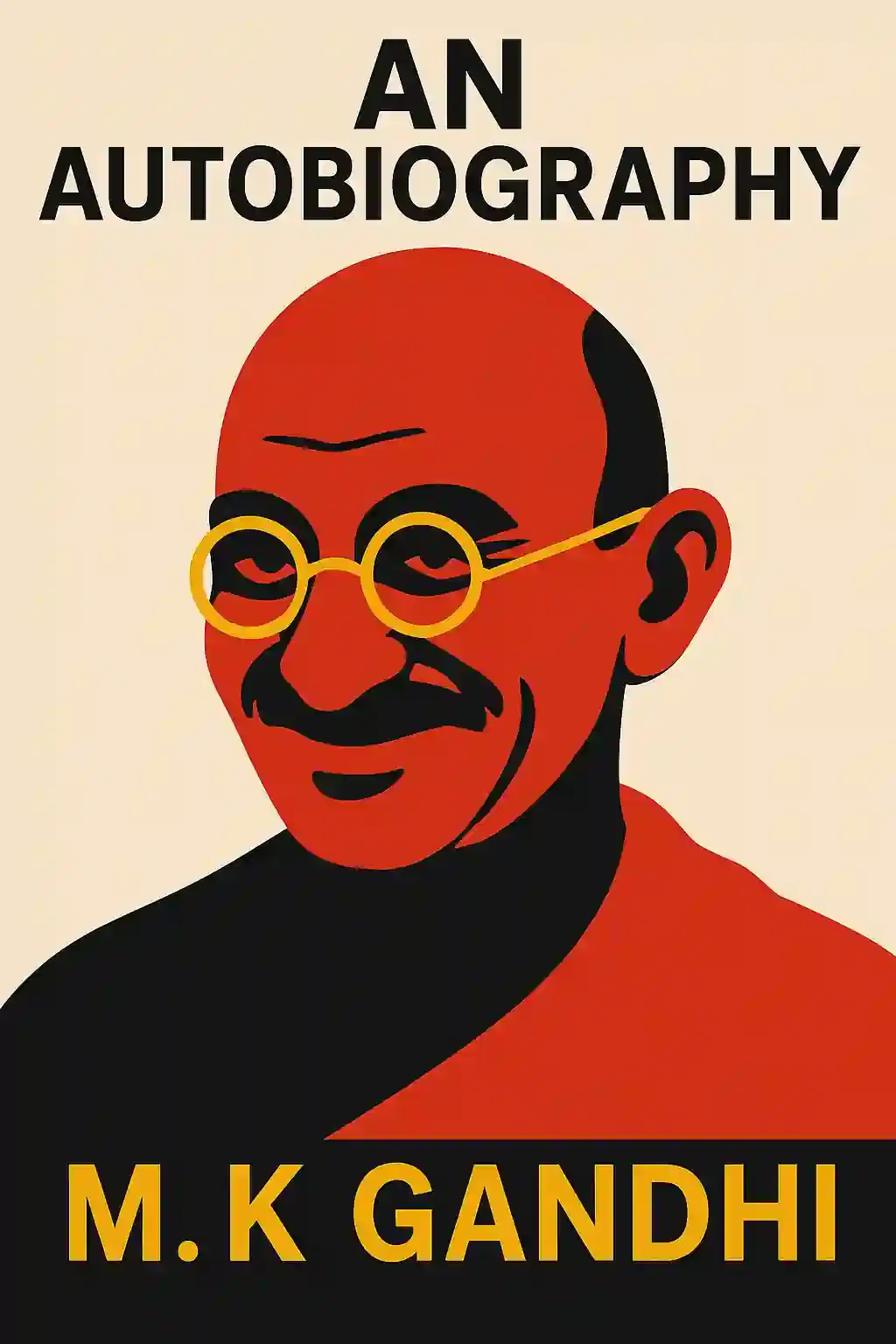What is
The Story of My Experiments with Truth about?
The Story of My Experiments with Truth chronicles Mahatma Gandhi’s life from childhood to 1921, focusing on his philosophical evolution, pursuit of truth (Satya), and development of nonviolent resistance (Satyagraha). It details his experiments with diet, celibacy, and simplicity, which shaped his political activism and ethical framework.
Who should read
The Story of My Experiments with Truth?
This autobiography appeals to readers interested in Gandhi’s philosophy, Indian independence history, or personal ethical growth. Students of nonviolence, leaders seeking moral leadership insights, and those exploring self-discipline will find it particularly valuable.
Is
The Story of My Experiments with Truth worth reading?
Yes, it offers a raw, introspective account of Gandhi’s struggles and ideals, making it essential for understanding his impact on global movements. Its candid reflections on failure, spirituality, and social justice remain relevant for modern readers.
What are the main themes in
The Story of My Experiments with Truth?
Key themes include:
- Truth as a moral compass: Gandhi equates truth with God, framing it as the foundation for justice.
- Nonviolence and civil resistance: His experiences in South Africa shaped Satyagraha.
- Self-discipline: Experiments with celibacy, diet, and minimalism aimed at spiritual purity.
How does Gandhi define "Truth" in the autobiography?
Gandhi describes Truth as an unchanging moral force guiding human conduct. He views it as synonymous with God, emphasizing honesty in thought and action as the path to societal transformation.
What role does nonviolence play in Gandhi’s philosophy?
Nonviolence (Ahimsa) is both a moral principle and a political tool. Gandhi details its development through campaigns against racial discrimination in South Africa and colonial rule in India, arguing that compassion disarms oppression.
What criticisms exist about
The Story of My Experiments with Truth?
George Orwell praised its honesty but noted its focus on mundane details. Some modern critics argue it underaddresses systemic oppression complexities, while others highlight Gandhi’s harsh self-criticism as overly austere.
How does Gandhi’s childhood influence his later beliefs?
His early exposure to Hindu teachings, Jainism’s nonviolence, and witnessing his mother’s piety instilled values of humility and moral rigor. A pivotal moment—stealing gold as a teen—taught him repentance’s transformative power.
What is the significance of Gandhi’s dietary experiments?
He viewed dietary restraint (avoiding meat, spices, and fasting) as a means to conquer desire and achieve mental clarity. These experiments symbolized his broader struggle for self-mastery.
How does the autobiography address Gandhi’s personal flaws?
Gandhi openly discusses lust, anger, and pride, framing them as ongoing battles. His celibacy vow (Brahmacharya) and public confessions aimed to model accountability and spiritual growth.
Why is the book titled
The Story of My Experiments with Truth?
The title reflects Gandhi’s lifelong trial-and-error approach to ethical living. He treats truth as a dynamic, evolving concept tested through real-world actions rather than abstract theory.
How does
The Story of My Experiments with Truth compare to other autobiographies?
Unlike celebratory memoirs, Gandhi’s work focuses on moral lessons over achievements. Its introspective tone and emphasis on collective justice distinguish it from works like The Autobiography of Malcolm X or Long Walk to Freedom.
What is the legacy of
The Story of My Experiments with Truth?
The book remains a cornerstone of ethical and political literature, influencing figures like Martin Luther King Jr. and Nelson Mandela. Its emphasis on personal integrity as a catalyst for social change continues to inspire activists.




















